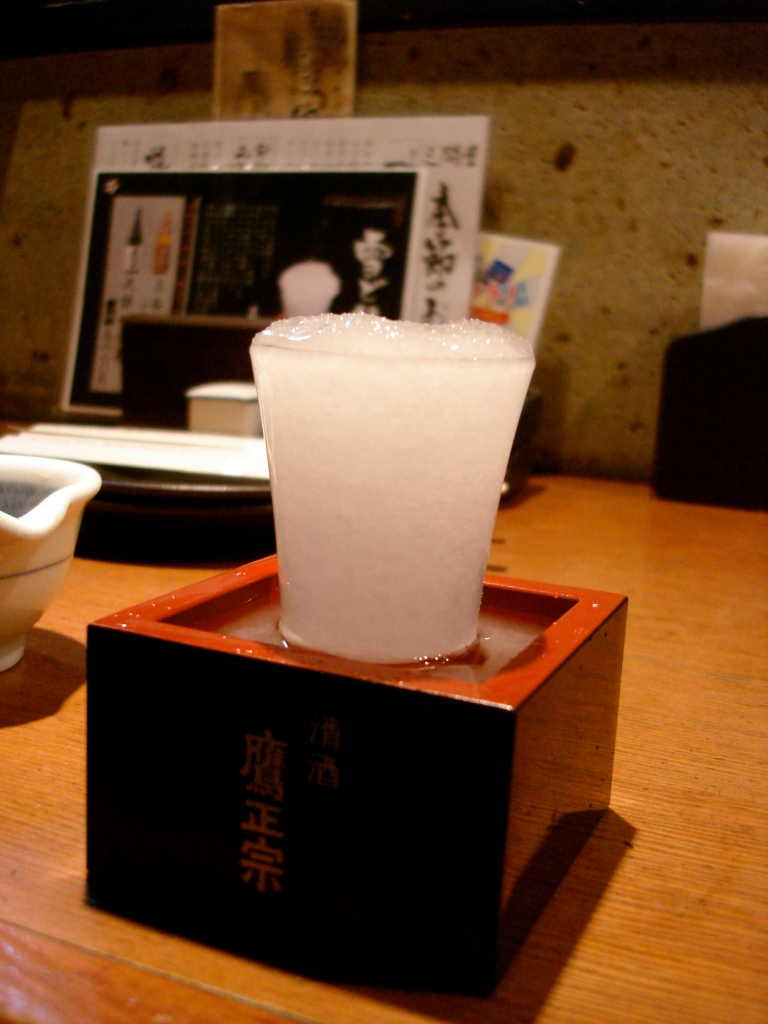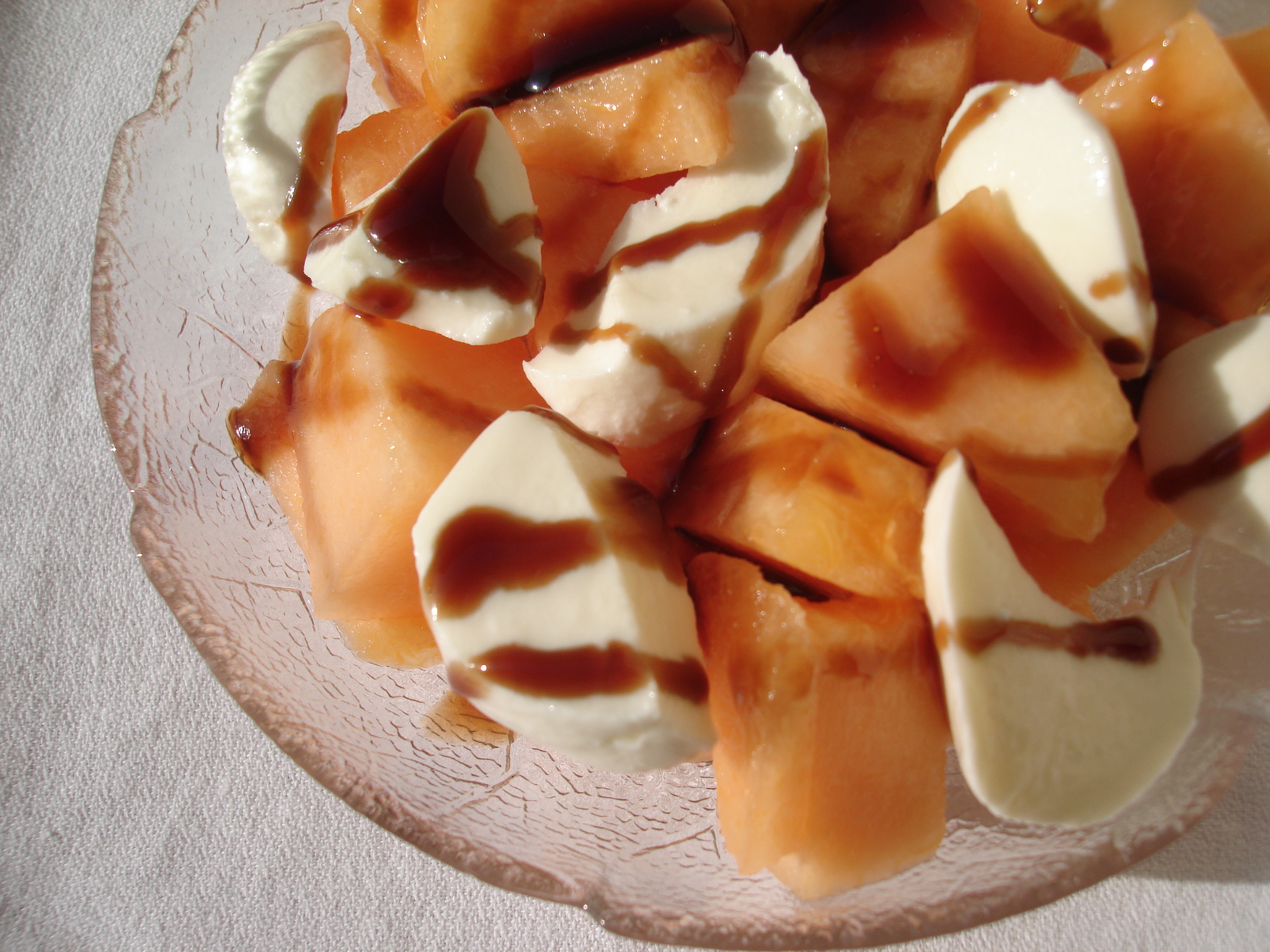I wrote my first computer program on a cold winter night in January 1968. It was five lines of FORTRAN to add two integers and print the result. Despite the fact that my program did not work, it was the beginning of my life and career as a software analyst. I spent most of my time at IBM, much of it analyzing software failures.
I retired from enterprise-level computing, (now called Information Technology,) in 2015. I retain an interest in programming and learning new ways to apply computer technology to daily life. Since I always carry a small, powerful computer, sometimes known as a phone, I thought it would be interesting to learn how to program it.
To begin this new endeavour, I need to learn a new programming language, Swift. Since my goal is to write an iOS application, I am going to take the 100 Days of SwiftUI course offered by Hacking With Swift and taught by Paul Hudson.
For over fifty years I have both studied and taught various Information Technology topics and have a clear understanding of what I want from the course. A preliminary look at the related materials give me an optimistic feeling about what I am soon to undertake. Mr. Hudson’s teaching style is relaxed but efficient and his videos are packed full of material pertinent to the topic. I look forward to starting Day 1 tomorrow.





 Standing at the bus stop one snowy night after calligraphy class I found the answer: a signature stamp, an inkan or hanko as it is also known. Briefly, a hanko is a stamp used with red ink as a signature. I decided to create a digital version which could be inserted into a document or used as an avatar.
Standing at the bus stop one snowy night after calligraphy class I found the answer: a signature stamp, an inkan or hanko as it is also known. Briefly, a hanko is a stamp used with red ink as a signature. I decided to create a digital version which could be inserted into a document or used as an avatar.
You must be logged in to post a comment.